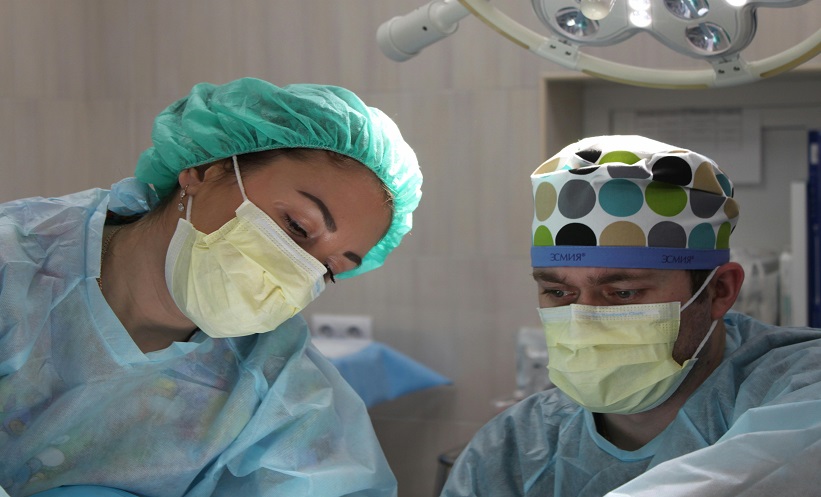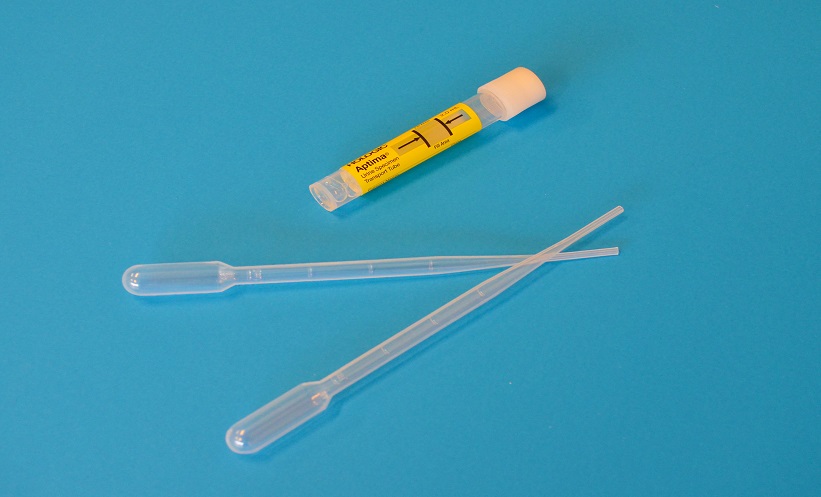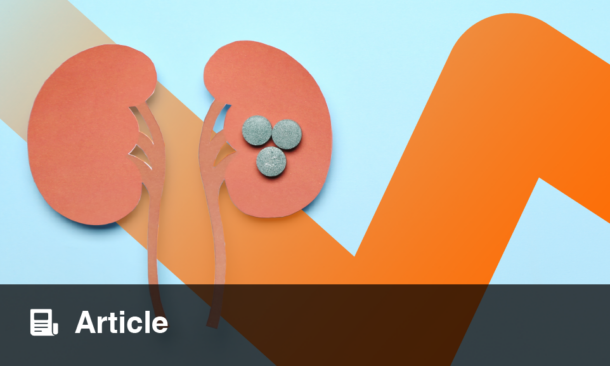ROBOT-ASSISTED radical prostatectomy (RARP) is the most common surgical intervention used to treat localised prostate cancer. A recent study aimed to assess the impact of the NeuroSAFE-guided RARP on erectile function and urinary continence recovery compared to standard RARP. The NeuroSAFE technique, which uses real-time frozen section analysis during surgery, helps preserve the periprostatic neurovascular bundles, potentially improving postoperative outcomes for prostate cancer patients. Previous studies had suggested benefits, but the effect of this approach on patient-reported functional recovery was unclear.
The randomised controlled trial enrolled 407 participants across five UK National Health Service hospitals, with 381 undergoing surgery. Participants were assigned to either standard RARP (n=191) or NeuroSAFE-guided RARP (n=190). The primary focus was on erectile function at 12 months post-surgery, measured by the International Index of Erectile Function (IIEF-5), with secondary endpoints including urinary continence at 3 and 6 months.
The study found significant improvements in the NeuroSAFE group, with a mean IIEF-5 score of 12.7 compared to 9.7 in the standard group (adjusted mean difference 3.18; 95% CI: 1.62–4.75; p<0.0001). For secondary outcomes, at 3 months, International Consultation on Incontinence Questionnaire (ICIQ) scores were significantly lower in the NeuroSAFE group, with an adjusted mean difference of −1.41 (85% CI: −2.42–−0.41; p=0.006), though this difference was not significant at 6 months. The results were particularly strong in participants not initially recommended for bilateral nerve-sparing surgery, suggesting that NeuroSAFE offers additional benefits in this subgroup.
The study’s findings have important clinical implications. NeuroSAFE-guided nerve-sparing RARP improved erectile function and early urinary continence recovery, particularly in patients not initially considered candidates for bilateral nerve-sparing. However, the study’s limitations include a relatively short follow-up period, which precludes conclusions on long-term oncological outcomes. Additionally, variations in practice across centres and the cost and resource demands of the technique may hinder its widespread adoption. Despite these limitations, the results suggest that NeuroSAFE could be integrated into clinical practice to enhance functional outcomes in prostate cancer surgery, although further studies with longer follow-up are necessary to confirm long-term benefits.
Reference
Dinneen E et al. Effect of NeuroSAFE-guided RARP versus standard RARP on erectile function and urinary continence in patients with localised prostate cancer (NeuroSAFE PROOF): a multicentre, patient-blinded, randomised, controlled phase 3 trial. Lancet Oncol. 2025; DOI: 10.1016/S1470-2045(25)00091-9.








